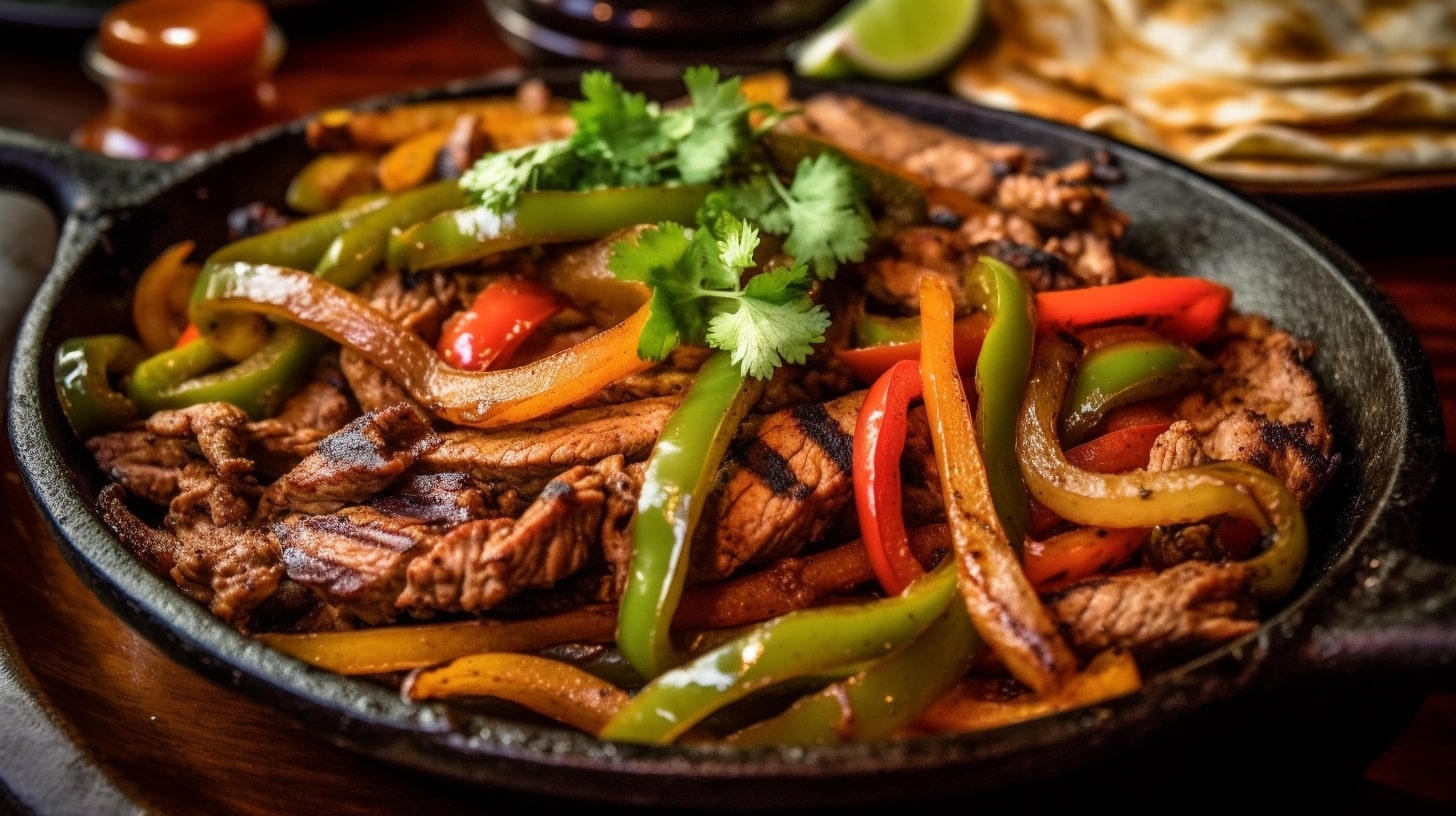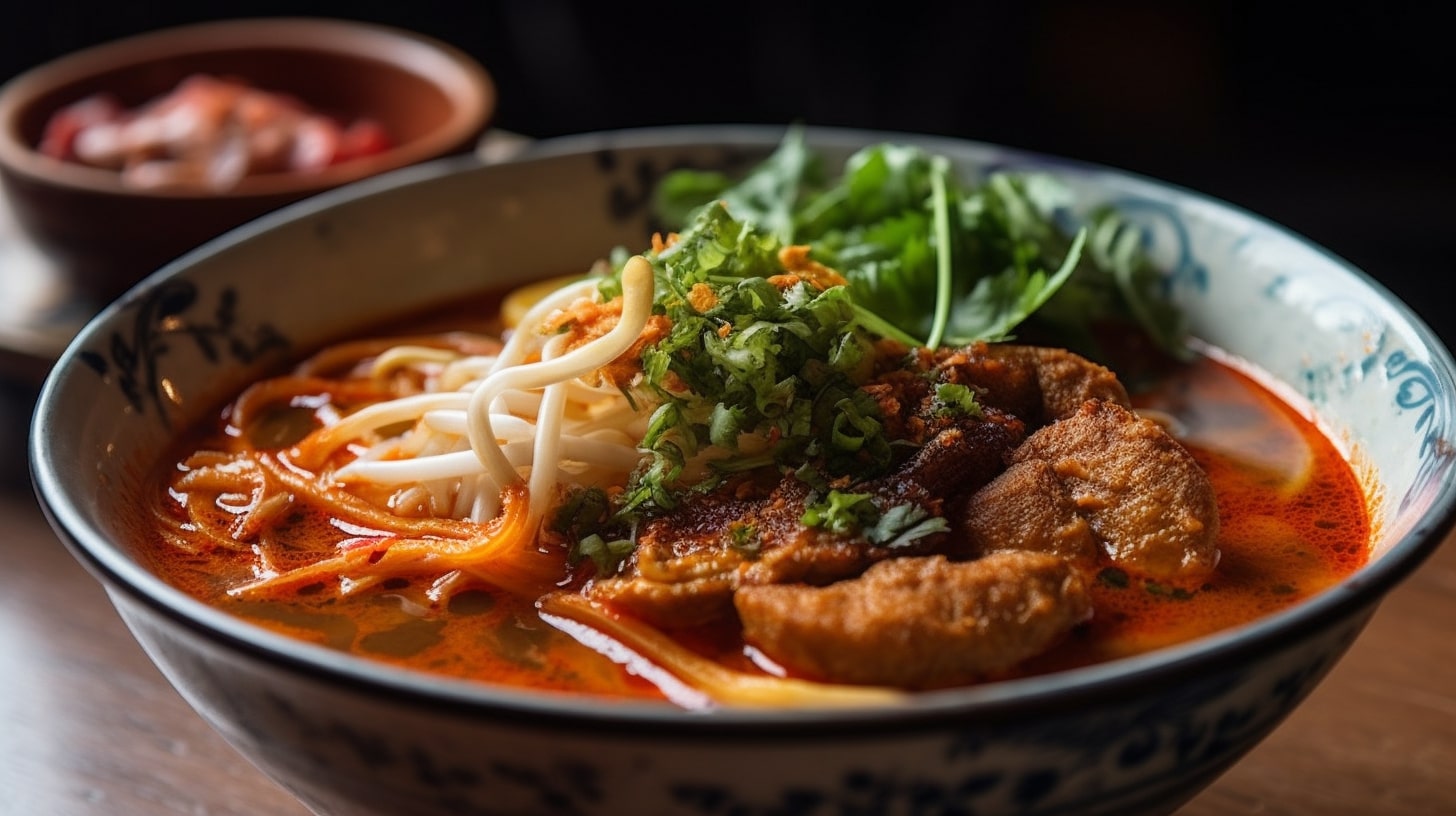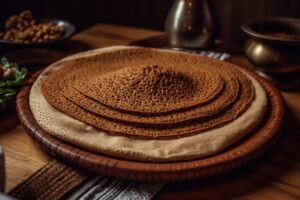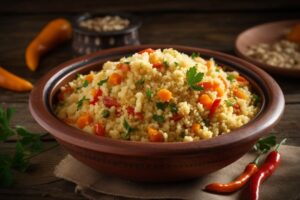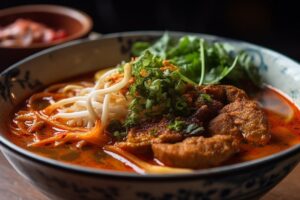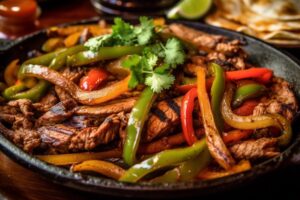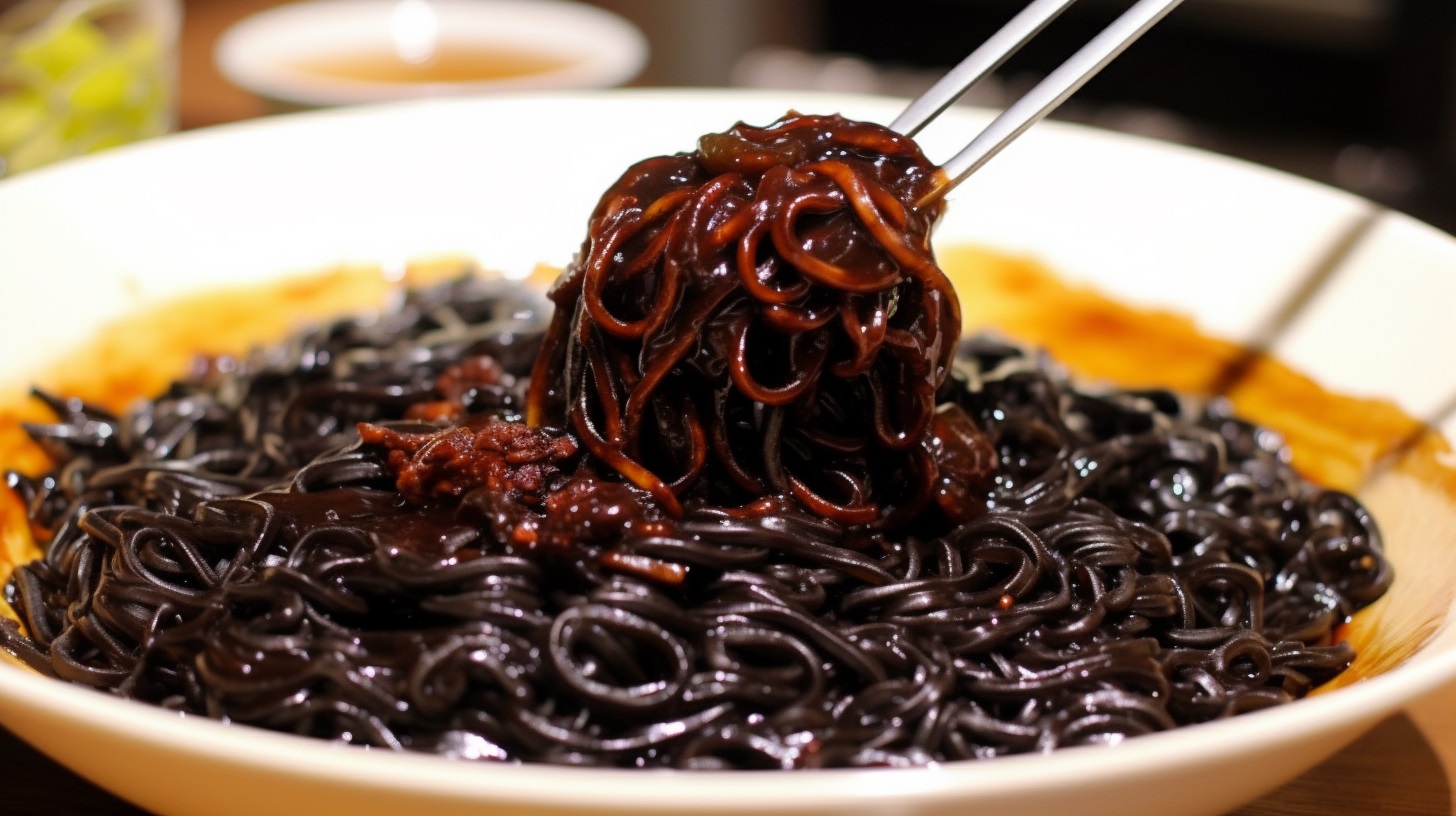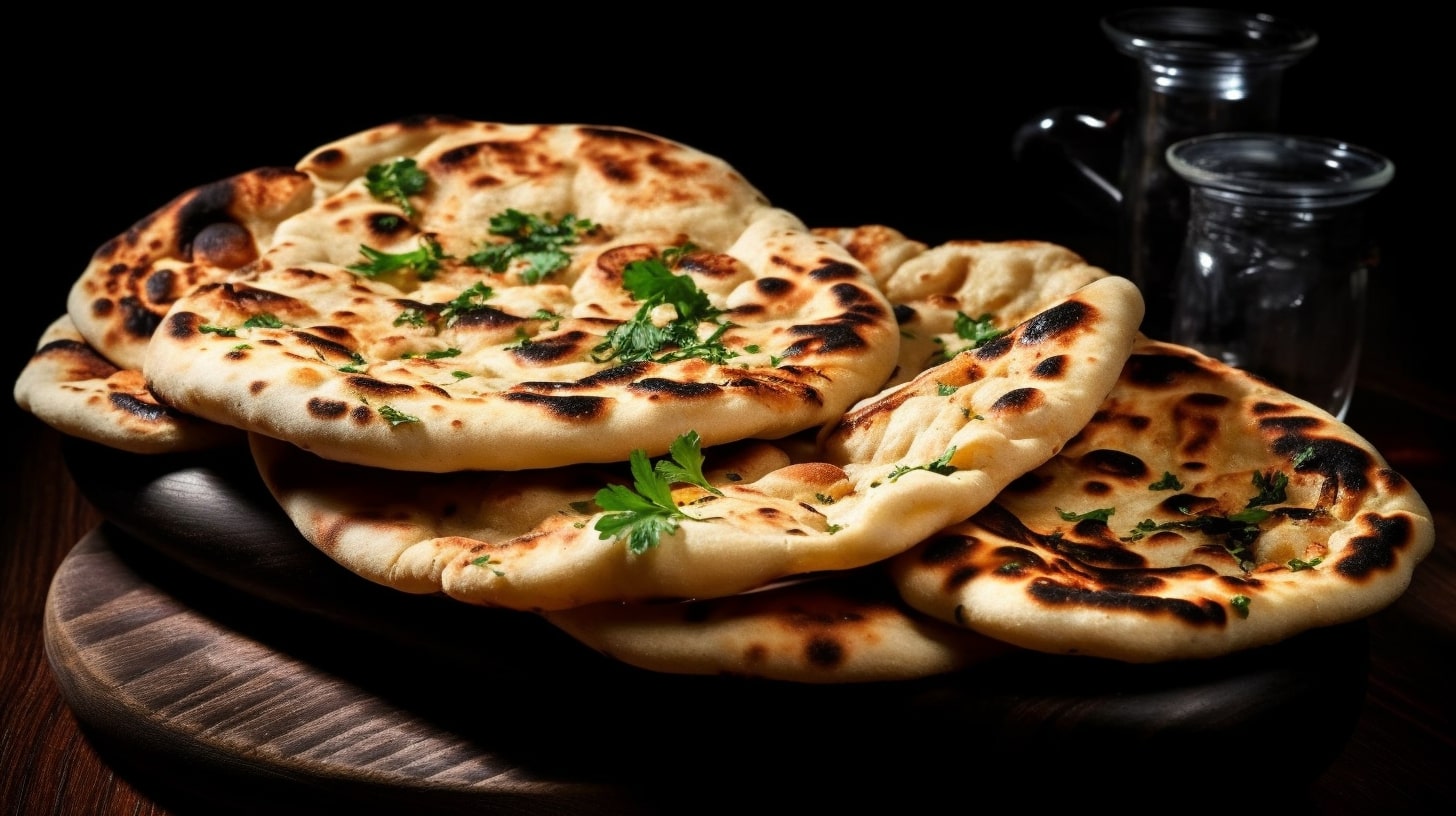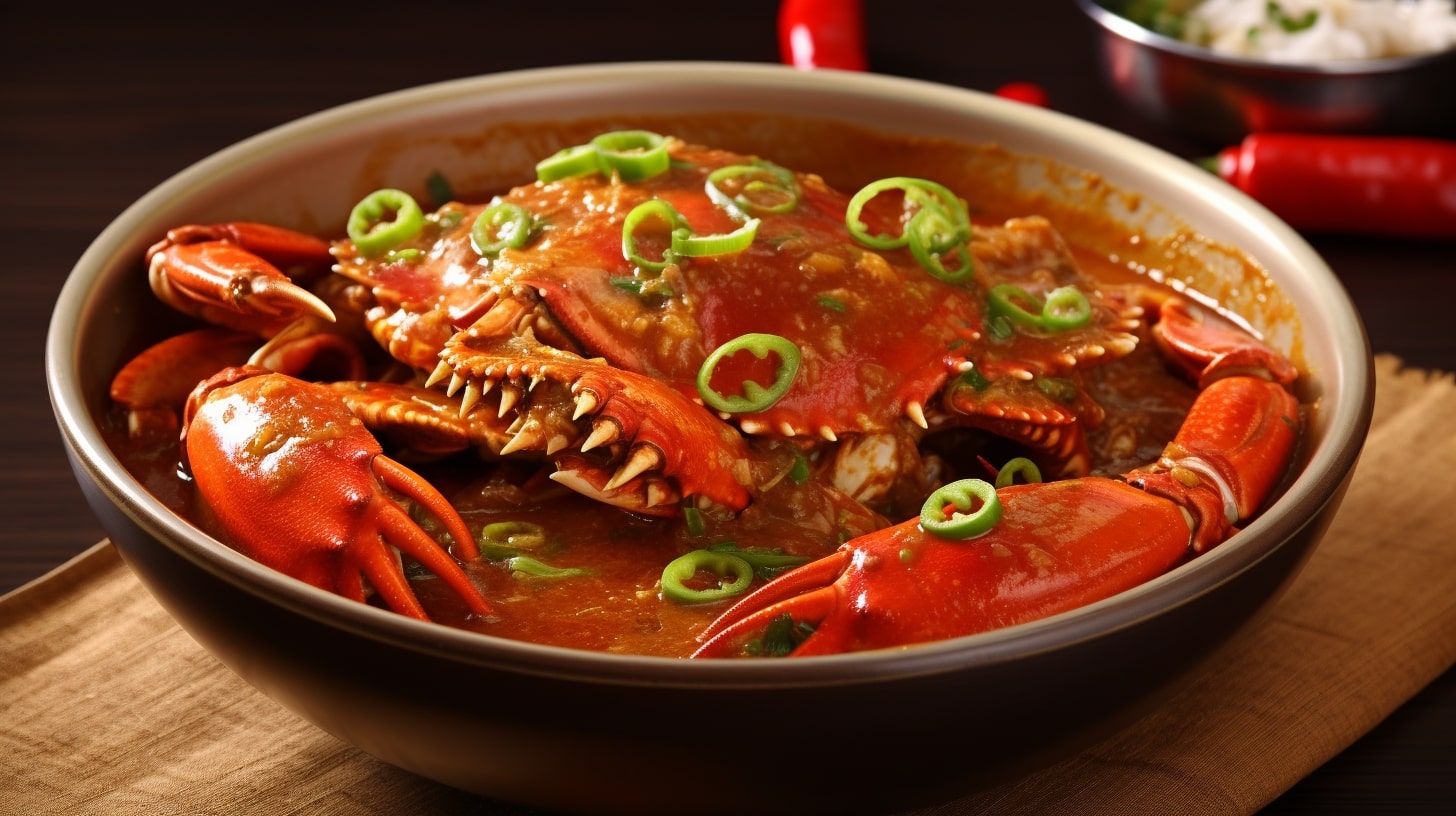Jajangmyeon, a beloved dish in Korean cuisine, is a delectable fusion of Korean and Chinese flavors. This article takes you on a culinary journey to explore the origins, ingredients, preparation, and cultural significance of jajangmyeon. If you’re a fan of noodles and savory dishes, jajangmyeon is a must-try that will captivate your taste buds.
1. Introduction
Are you craving a hearty and flavorful noodle dish that satisfies your taste buds? Look no further than jajang noodle! This iconic Korean-Chinese dish combines chewy noodles with a rich and savory black bean sauce that will leave you wanting more. In this article, we will dive into the fascinating world of jajangmyeon, exploring its origins, ingredients, variations, and cultural significance.
2. What is Jajangmyeon?
Jajangmyeon, also known as “자장면” in Korean, is a popular Korean-Chinese dish characterized by thick, wheat-based noodles topped with a savory black bean sauce. The sauce is made from fermented black soybeans, onions, garlic, and other ingredients, resulting in a velvety, umami-packed coating that coats the noodles. Jajang noodle offers a unique combination of textures and flavors that make it a favorite among noodle enthusiasts.
3. Origins and History of Jajangmyeon
Jajang noodle has its roots in Chinese cuisine, specifically the Shandong-style zhajiangmian. It was introduced to Korea by Chinese immigrants in the late 19th century and underwent adaptations to suit Korean tastes. Over time, jajang noodle became a popular dish in Korea, evolving into its own distinct version with a Korean-Chinese flair.

4. Ingredients Used in Jajangmyeon
The key ingredient in jajang noodle is the black bean paste, which is made from fermented black soybeans. Other essential ingredients include onions, garlic, meat (usually pork), and various vegetables such as zucchini, potatoes, and cabbage. These ingredients come together to create a robust and savory flavor profile that defines jajang noodle.
5. Preparation of Jajangmyeon
Preparing jajang noodle requires careful attention to detail. The noodles are boiled until chewy and then rinsed with cold water to remove excess starch. The black bean sauce is cooked separately by stir-frying the black bean paste with vegetables and meat. The cooked sauce is then poured over the noodles, creating a harmonious marriage of flavors.
6. Jajangmyeon and Korean-Chinese Cuisine
Jajangmyeon is part of the Korean-Chinese culinary tradition, which incorporates Chinese flavors and techniques adapted to Korean tastes. Korean-Chinese restaurants, known as “jjajangmyeon joints,” specialize in dishes like jajangmyeon, jjamppong (spicy seafood noodle soup), and tangsuyuk (sweet and sour pork). This unique cuisine has become a significant part of Korean culinary culture.
7. Popular Variations of Jajangmyeon
While the classic jajangmyeon features the black bean sauce and noodles, there are variations that offer different taste experiences. Some popular variations include seafood jajang noodle, where seafood like shrimp and squid are added, and jjajangbap, which replaces noodles with rice. These variations provide diverse options for those looking to explore different flavors within the jajang noodle realm.
8. Jajangmyeon’s Cultural Significance
Jajang noodle holds a special place in Korean culture and is often associated with celebrations and special occasions. It has become a popular choice for birthdays, graduations, and even moving into a new home. Many people enjoy jajang noodle as a nostalgic comfort food that brings back memories of joyous moments and family gatherings.
9. Jajangmyeon as Comfort Food
The rich flavors and hearty nature of jajangmyeon make it an ideal comfort food. Whether you’re seeking solace after a long day or simply craving a satisfying meal, a bowl of jajang noodle provides a warm and comforting experience. The combination of chewy noodles and savory sauce is sure to uplift your mood and satiate your appetite.
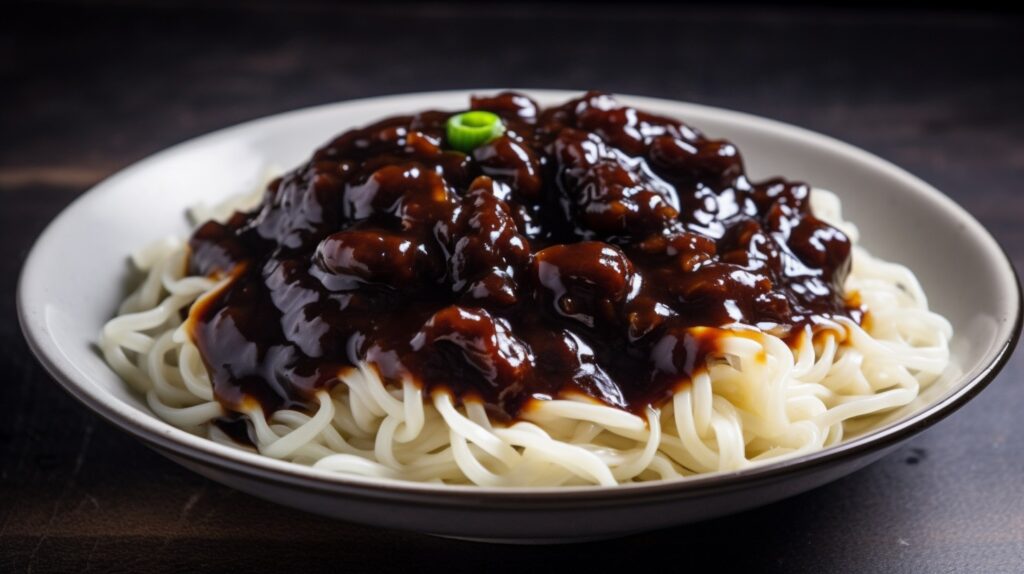
10. Where to Find Jajangmyeon
Jajangmyeon can be found in Korean-Chinese restaurants, Korean food stalls, and even some Korean fast-food chains. It has become a staple in Korean cuisine, readily available for dine-in or takeout. Exploring local Korean neighborhoods or using food delivery services is a great way to indulge in the flavors of this beloved dish.
11. Enjoying Jajangmyeon with Banchan
In Korean cuisine, banchan refers to the side dishes that accompany the main meal. When enjoying jajangmyeon, it is common to have banchan such as kimchi, pickled radish, and cucumber salad on the side. These additional flavors and textures complement the richness of jajangmyeon, creating a well-rounded and satisfying meal.
12. Health Benefits of Jajangmyeon
While jajangmyeon is known for its indulgent flavors, it can still offer some health benefits. The dish contains a variety of vegetables, which provide essential vitamins and minerals. However, it is important to note that jajang noodle is a carb-heavy dish and should be enjoyed in moderation as part of a balanced diet.
13. Jajangmyeon and Its International Popularity
Jajangmyeon’s popularity has transcended Korean borders and gained recognition on the international stage. It can now be found in Korean restaurants around the world, satisfying the cravings of people from diverse cultural backgrounds. The unique combination of flavors and the comforting nature of jajang noodle have contributed to its global appeal.
Conclusion
Jajangmyeon is a culinary delight that showcases the harmonious fusion of Korean and Chinese flavors. Its rich, savory taste and chewy noodles make it a beloved dish among food enthusiasts. Whether you’re enjoying it on a special occasion or as a comforting meal, jajang noodle offers a delightful experience that celebrates the vibrant Korean-Chinese culinary tradition.
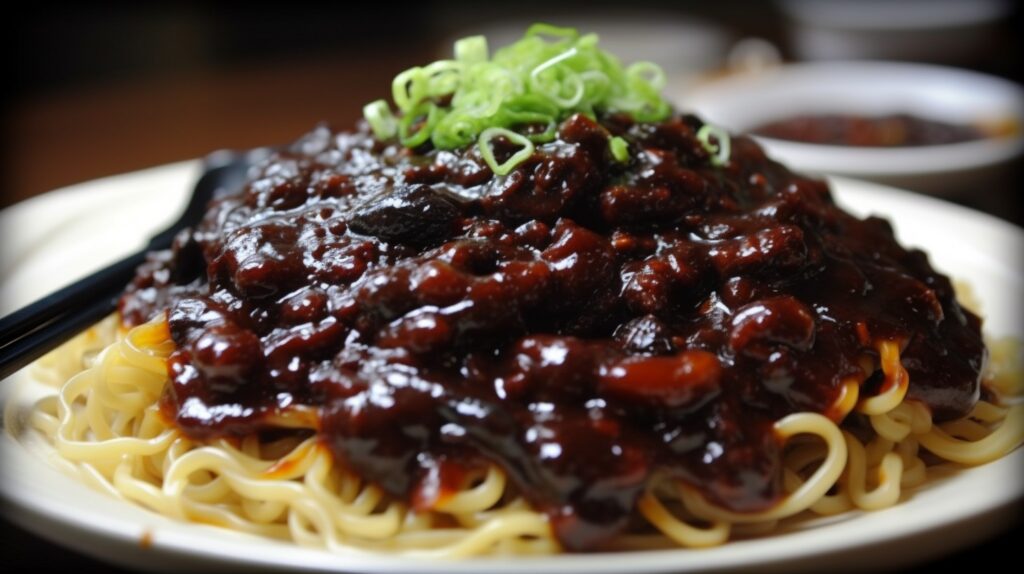
FAQs
Q1: Is jajangmyeon spicy?
No, jajang noodle is not typically spicy. The black bean sauce provides a savory and slightly sweet flavor without significant spiciness.
Q2: Can jajangmyeon be made vegetarian or vegan?
Yes, vegetarian and vegan versions of jajang noodle can be created by replacing the meat with tofu or using plant-based protein alternatives. Additionally, vegetable broth can be used to enhance the flavors.
Q3: Can I reheat jajangmyeon leftovers?
Yes, you can reheat jajang noodle leftovers. However, the noodles may become softer when reheated, so it is best to consume them fresh for the optimal texture.
Q4: Are there any gluten-free options for jajangmyeon?
Gluten-free alternatives for jajang noodles, such as rice or sweet potato noodles, can be used to accommodate a gluten-free diet.
Q5: Is jajangmyeon a healthy choice?
While jajang noodle contains vegetables and offers some nutritional value, it is important to note that it is a carb-heavy dish and should be enjoyed in moderation as part of a balanced diet.
